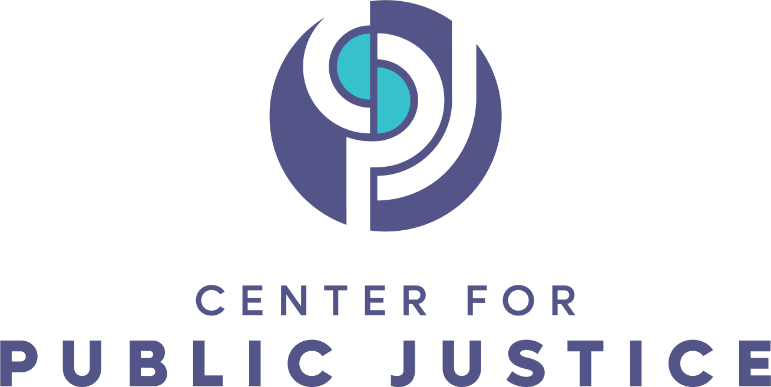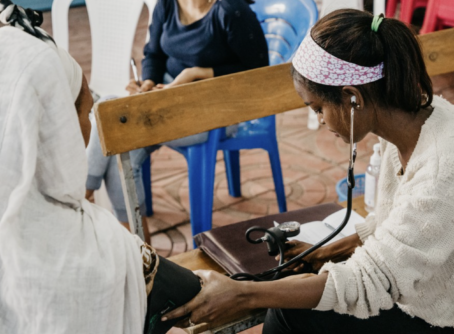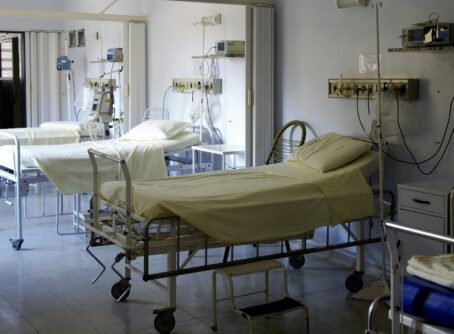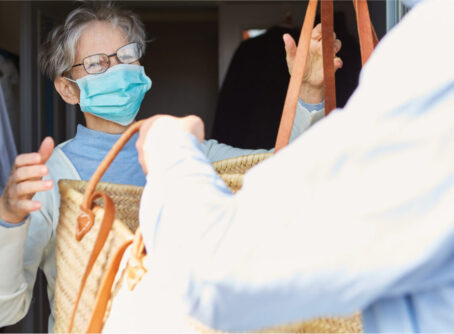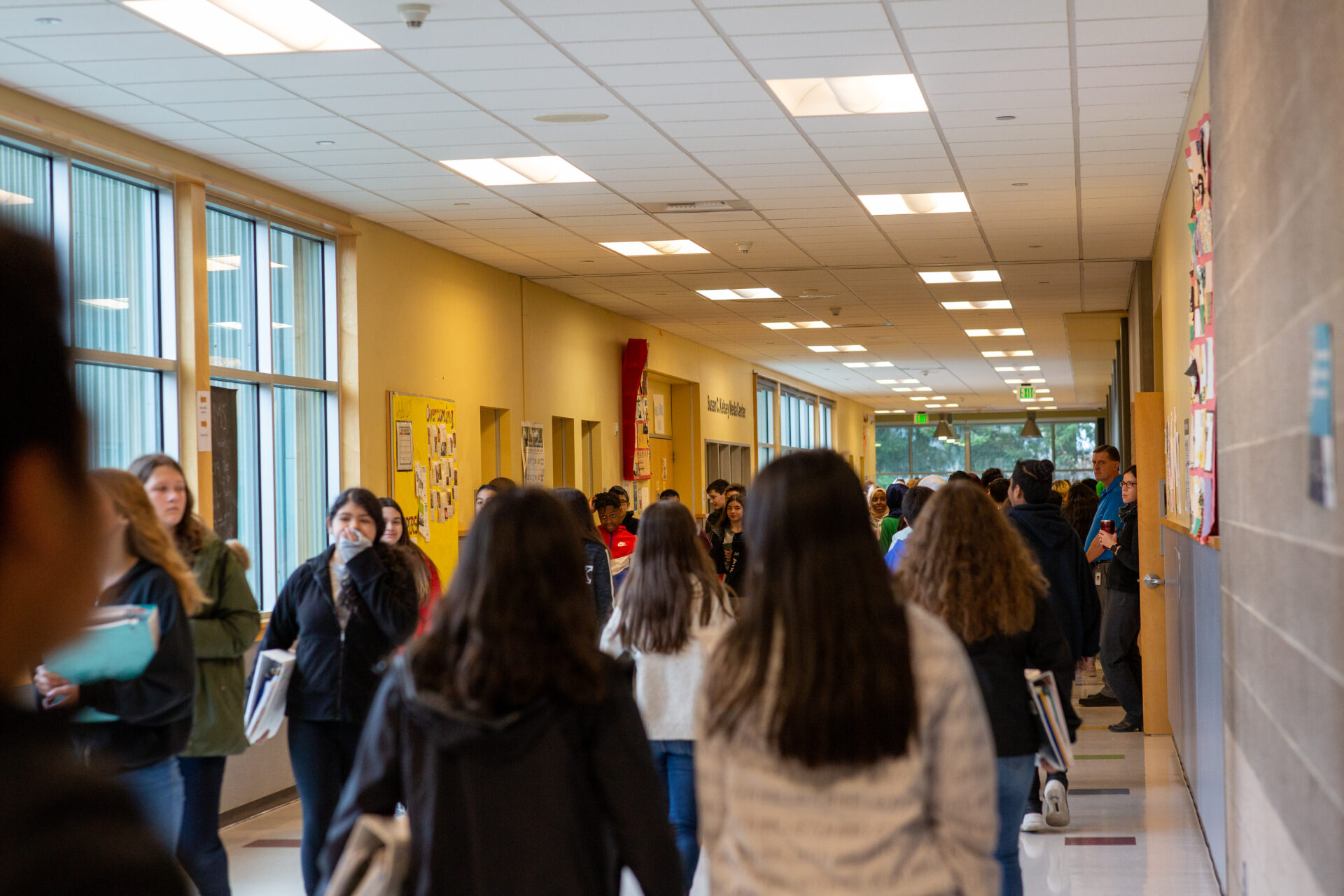
In my recent trip to Washington D.C. in March, it came as a shock to witness how the area reacted to the rise in crimes there. To clarify the murkiness behind crime narratives in the U.S., according to open-source police data in D.C. there was a 39% spike in “violent crime” in 2023. The police defined violent crime as homicide, sexual charges, burglary with deadly or armed weapon, and robbery. There was a 24% rise in property crime as well. The rest of the U.S. saw a historic decline in homicides and other crimes during 2023 even though many believe that crime has been on the rise. This is the largest drop in homicide since the 80s. It was apparent to me while in D.C. just how fear-driven people can become and how that can cause much harm. Go to any SafeWay or CVS throughout the city and you will see amplified security. These companies have hired off-duty police officers and privately contracted security to counter the rise in thefts, and most of these businesses are in locations that are more economically and racially diverse and segregated.
What we see here is the implementation of a tactic called hotspot policing, where police officers’ presence saturates a space to contribute to public safety. We see a microcosm of this in schools around the country, but particularly in schools with primarily BIPOC and lower income students. This tactic of policing schools can be harmful and decrease public safety rather than improving it. While in theory institutions hope to use the presence of law enforcement to keep peace, in reality, police’s presence is often weaponized to oppress BIPOC and lower income communities. Tactics like this operate under the same assumption of a higher police presence in general leading to an increase of public safety when that is not the case.
According to Urban Institute, lower-income schools in the U.S. with more than an 80% concentration of Black or Latinx students are seven times more likely to have School Resources Officers (SROs) than schools that are predominantly white. An SRO is a “sworn law enforcement officer” working in a school setting at least part-time and sometimes full-time. Seeing this high statistic of SRO presence in schools with a higher concentration of BIPOC students should make us pause and ask: What purpose do SROs serve in these schools? What are the types of messages we’re giving to students when the first thing they see walking through the door is the presence of these officers or the presence of metal detectors? Are SROs effective at what they are intended to do? Are SROs the best way to enact public justice in our schools?
What are the types of messages we’re giving to students when the first thing they see walking through the door is the presence of these officers or the presence of metal detectors?
It may be argued that having SROs could be an effective way in preventing crime, school shootings, and could even serve as an informal stand-in for guidance counselors for students. Additionally, they may be a necessary safety measure and vital in schools where there may be more crime. Putting extra police in areas that seem to be heavily impacted by crime is no new tactic, and many supporters of this tactic cite multiple studies that claim it is effective in deterring crime. NPR published an article that analyzed the research done by a team of researchers led by NYU economist Morgan Williams, whose focus is on the economics of crime and incarceration policy. In that article, they address the financial benefits of hotspot policing by comparing the cost of the extra policing to the cost of a life. The study states that “Williams and his colleagues find adding a new police officer to a city prevents between 0.06 and 0.1 homicides, which means that the average city would need to hire between 10 and 17 new police officers to save one life a year.” They estimate that it costs taxpayers annually between $1.3 and $2.2 million. The federal government puts the value of a statistical life at around $10 million, making this a cost effective decision since it is almost a 10th of the cost to hire another police officer if that officer can save a life.
Yet the evidence on the efficacy of this practice to increase public safety and reduce crime and incarceration overall is minimal. While the NPR study points to there being evidence in the reduction of violent crime, that same article suggests that there are many consequences for those in BIPOC communities including a rise in incarceration and arrest rates within their communities, specifically for minor offenses. Notably, hotspot policing is overall ineffective because it does not work to fight the root causes of crime that are fundamentally systemic and also relies on the failed assumption that incarceration increases public safety and reduces crime.
Although the shortcomings of hotspot policing are well-documented, it remains frustrating that schools commit to using a similar model when they have SROs present at their schools. Schools are immensely different environments than the communities outside of them. They are learning communities where part of students’ success depends on their ability to learn and feel safe while they learn. Children, particularly BIPOC children, are more likely to experience exposure to SROs than their counterparts. Unequal exposure to SROs result in a staggeringly disproportionate amount of arrests amongst youth in school. During the 2017-2018 school year, 15% of enrolled students were Black but accounted for 30% of those disciplined with outcomes such as suspension, expulsion, or school arrest. The disparity is even more prevalent for students who have disabilities. Students with disabilities are three times more likely to be arrested by an SRO than those without.
Another problem with SROs is they are misused and often respond to very low-level situations that they then make worse. Between 2020 and 2021, over 100 elementary aged-children were arrested in U.S. schools. In this study by NBC News, they also found that there were 3,500 kids were referred to law enforcement by SROs. These are kids between 5 and 12. Kids this young, or of any age, should not have any encounters with police or the justice system. Another study found there was a significantly higher probability that students would suspended for drugs when SROs were present in schools; however, suspension is not the right course of action here. Suspension can lead students to fail out and can exacerbate the school to prison pipeline. One study reveals that keeping kids out of schools (suspension or expulsion) for drug-related reasons can also increase substance abuse and reduce the community support available to them. When a student is suspended, it significantly affects their school outcomes while also impacting their mental and physical health significantly. Doctors suggest that such suspensions are so detrimental that they should be labeled as traumatic experiences for youth. In Oklahoma, this recognition has the led the state government to issue trauma informed alternatives to suspension in Oklahoma.
Creating an environment in schools that mimics that of carceral institutions and over policed neighborhoods has implications for how the students in those schools view themselves, their safety, and their future. Schools with over-surveillance remove the agency of students and make it difficult to give all kids equitable access to education. Self-perception is powerful and if a student grows up being told they are a criminal or viewed with suspicion, there’s more temptation to live into what he or she is told about themself. Public justice demands that all students, regardless of their race, economic status, or disabilities, be treated equitably and with respect, and given every opportunity to flourish in their education.
In a study addressed on Psypost, criminology researchers did a meta-analysis of 42 papers and looked at the ways in which self-esteem had outcomes on how likely one is to commit illegal activities. These researchers found that those who had a lower self-esteem were more likely to commit illegal activities and vice versa. When officers are present in schools, it is telling those students a narrative about their worth — that they are untrustworthy and need to be watched. It is a constant reminder that one slip up could lead them to a life of incarceration. These students are being prepared for a life of incarceration. When there are kids who, like myself, went to school being scared of incarceration, it heavily influences our academic future and opportunities. My mother used to tell me that my only rule was to not get incarcerated because she knew that having an incarcerated parent on top of being at an over-policed school increased my likelihood of incarceration. No kid should have to look over their shoulder just so they can stay out of trouble. Though my story is not indicative of the outcomes for everyone, it can reveal a broader trend for many students who face circumstances similar to the ones I grew up in: low income, school of color, underprivileged and schools that relied on SROs to fulfill the roles of police while also attempting to be counselors for students.
While it is true that there have been instances in which teachers struggle to handle students misbehaving, SROs are not the solution to these situations. Rather, the funds should be used for restorative justice programs in schools which involve accountability, dialogue on why students are misbehaving, and other ways to provide retribution for the acts that these students committed that are not overly punitive, but restorative. Juvenile incarceration, education and mental health are all public justice issues. We live in a political community, thus we cannot separate politics and justice from our lives as Christians. In order to pursue justice for students in schools with high levels of security, we must explore the ways faith communities, the community, and the government can work together to ensure that we are providing youth the opportunity to live flourishing lives that guarantees them a future.
In order to pursue justice for students in schools with high levels of security, we must explore the ways faith communities, the community, and the government can work together to ensure that we are providing youth the opportunity to live flourishing lives that guarantees them a future.
According to CPJ’s Guideline on Political Community: “The mutual obligation of citizens and public officials exhibits a covenantal character, pointing us to the accountability of government and citizens to God. The same can be said for the mutual obligations belonging to members of families, schools, economic enterprises, and other organizations. In other words, humans bear responsibility to one another as creatures called to heed God’s standards of justice, love, and good stewardship.” The Church, the community, and the government are meant to work together for justice in human flourishing in their communities.
As a Christians, we must partner with communities and students that are experiencing these harsh realities of over surveillance and policing in schools. We should strive to support after school programs and mentorship opportunities within our communities. These have been proven to decrease involvement with police, improve socio-emotional outcomes and lead to improved academic outcomes and opportunities. Within these communities, there must be a push to find more alternatives to SROs. Rather than fund SROs, Christians in their communities can be pioneers to divert funding that would normally go into SROS to more after school programs, social workers and mental health resources within the schools in their vicinity. When we are able to divert resources from SROs, we are able to create structures within schools that are able to lead us to live out the commands of justice, love, and stewardship that God has given us.
Lastly, local and state governments must take action to phase out School Resource Officer (SRO) programs in schools. Research consistently demonstrates that SROs fail to improve safety within educational environments and instead contribute to increased rates of incarceration, particularly among marginalized communities. School Boards should consider whether or not there is a more appropriate model to provide for the peace and safety of students and reallocate these resources toward government-funded programs designed to foster academic success, mental well-being, and physical health among students before prioritizing School Resource Officer funding. When considering alternatives to School Resource Officers, it is important to look at other examples of programs that have been put in place as alternatives. Two examples worth mentioning are the FREE LA High school and the Enfield School district in Hartford Connecticut.
FREE LA High School is a school that was founded in 2007 and serves current and former students who have been incarcerated. They have been practicing transformative justice, which is based off of restorative justice, which focuses on accountability, relationship building, and healing harm without suspension or incarceration. While they do not have SROs on campus, they do have peacekeepers which operate to mold school climate and work to achieve resolutions between students. As one other Shared Justice writer has noted, educational support is incredibly important for reducing recidivism and supporting positive youth development.
The Enfield School district in Hartford is another positive example. In 2015, the Enfield school district removed armed guards (though it left unarmed SROs in place) because it did not believe they enhanced school safety, and saved a projected $783,000 a year by reducing its SRO program. These are not the only two schools that have chosen to divert reliance on SROs to focus on other resources for students. These schools both chose to have someone stand in for SROs rather than having someone armed and on site at all times. There were peacekeepers onsite to facilitate conflict resolution instead of arresting students or referring them to law enforcement. By prioritizing investments in comprehensive support systems rather than punitive measures, governments can create safer, more nurturing school environments conducive to the holistic and just development of all students.
The best way to fight incarceration and recidivism is to keep people — especially students — out of carceral systems to begin with. We should not be unnecessarily policing schools and creating environments that are preparing kids for incarceration. Rather, we should be investing in the overall wellbeing of students. When addressing juvenile crime, we must start not by asking, “What is wrong with our kids?” Instead we should be asking “How are we as a community failing our kids and what can we do to prepare them for success?”
